 |
 |
|
|
A visitor's perspective of Niueby Dr J Floor Anthoni, Sept 2005 www.seafriends.org.nz/niue/visitor.htm
|
What should you do first? It depends - on the weather and tides.
So here is a list of those conditions and what you could do.
 |
 |
 |
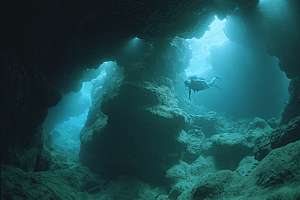 |
 |
 |
 |
 |
 |
 |
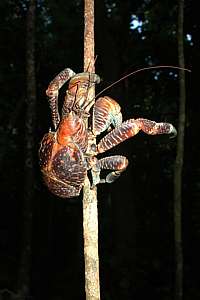 |
 |
 |
 |
 |
 |
 |
 |
 |
 |
 |
 |
 |
 |
 |
 |
 |
 |
 |
 |
 |
 |
 |
 |
 |

f222933: the Talava arches are reached through a magnificent dripstone cave as shown here and on right. f222931: a sink hole now acts as a roof light. |
 |
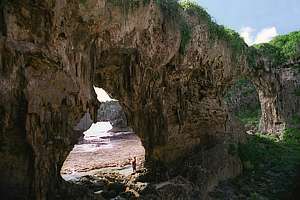 |
 |
 |
 |
 |
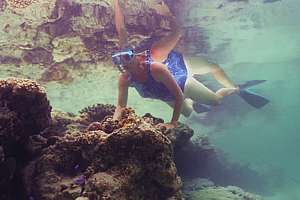 |
 |
 |
 |
 |
 |
 |
 |
 |
 |
 |
 |
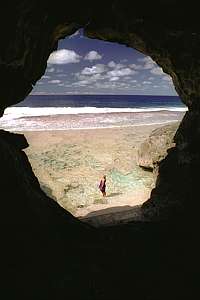 |
 |
 |
 |
 |
 |
 |
 |
 |
 |
 |
 f223309: from here the high pools can be seen and waves spouting 20 metres up in the air. These pools grow slowly upward and they contain fish trapped there for life, sustained by mysterious mini ecosystems. |
 |